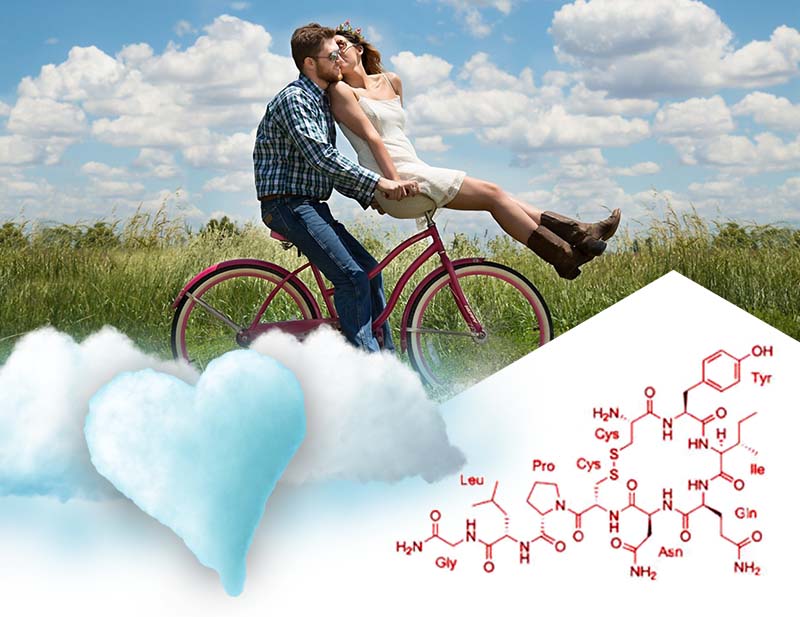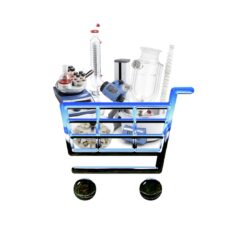The Chemistry of Love – from a scientists perspective!
The chemistry of love is actually a real thing… So if you feel like you have real “chemistry” with that special person you could be right! There are a number of chemicals involved in the sweaty palms, pounding heart, high-as-a-kite elation side of love…
Despite the number of fairy tales that include them, there doesn’t seem to be any evidence of a genuine love potion existing which is probably a good thing. Some may consider foods and drinks which are famed as aphrodisiacs to be a good idea for their Valentine celebrations though so, just in case you’re interested, here are 14 of those which offer some results according to Cosmopolitan Magazine:
- Rocket leaves (Arugula for readers in the USA)
- Olive oil
- Cinnamon
- Basil
- Truffles (not the chocolate kind)
- Ginger
- Sweet potato
- Maca root
- Pumpkin
- Champagne (in moderate amounts)
- Celery (really??)
- Garlic (maybe if you BOTH eat it…?)
- Ginseng
- Apples
If any chemists reading this attempt to mix up a love potion then you can definitely take over our annual Valentine blog next year!

If there’s no love potion then what’s it all about?
First, there’s attraction. Non-verbal communication plays a big part in initial attraction and some of this communication may involve pheromones, a form of chemical communication. Then there are the other actual chemicals that are released throughout the body….

- Phenylethylamine or PEA – This is an amine that naturally occurs in the brain and also in some foods, such as chocolate. It is a stimulant, much like an amphetamine, that causes the release of norepinephrine and dopamine. This chemical is found when you are falling in love. It’s responsible for the head-over-heels, elated part of love.
- Norepinephrine – When PEA causes this chemical to be released, you feel the effects in the form of sweaty palms and a pounding heart.
- Dopamine – Dopamine is a neurochemical that appears to be associated with mate selection. An Emory University study found that voles (a type of rodent) chose their mate based on dopamine release. When female voles were injected with dopamine in the presence of a male vole, they could select him from a group of voles later.
- Oxytocin – Dopamine triggers the release of oxytocin, which is sometimes called the ‘cuddle hormone’. In both genders, oxytocin is released during touching. In women, oxytocin is released during labour and breast feeding. You can see the formula in the image above.
- Testosterone – Though you might think of testosterone as a male hormone, both men and women produce it. Raw lust is accompanied by a surge in testosterone levels.
- Endorphins – Your brain acquires a tolerance to the love stimulants and starts to release endorphins. The honeymoon is over, chemically, around 18 months to 4 years into a relationship. However, this isn’t all bad. Endorphins are associated with feelings of attachment and comfort. Endorphins are like opiates. They calm anxiety, relieve pain and reduce stress.
Don’t worry if you think this is all going to end after the initial excitement of falling in love. Lasting love confers chemical benefits in the form of stabilized production of serotonin and oxytocin. So here’s to true love and all the chemistry it entails.
(Chemistry text based upon articles from chemistryabout.com)






